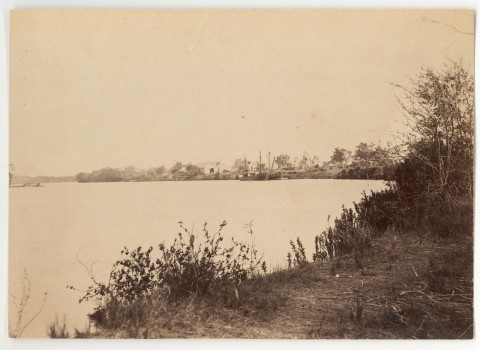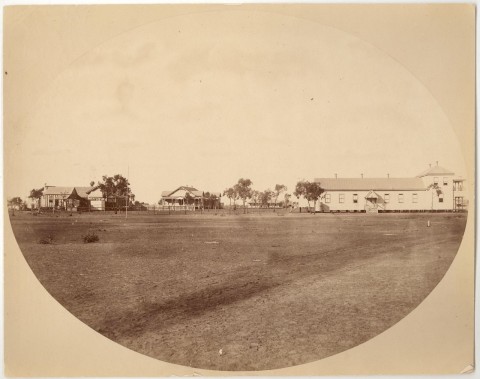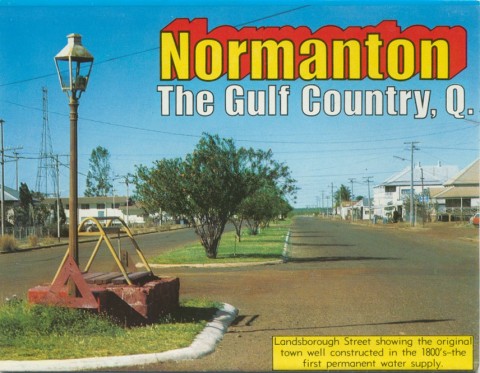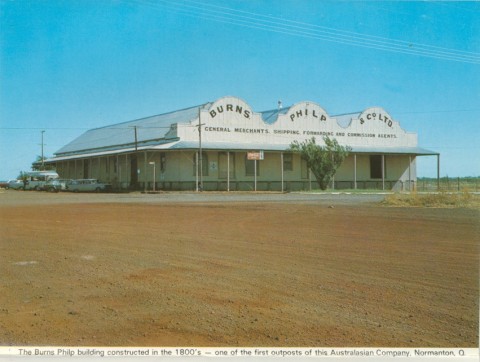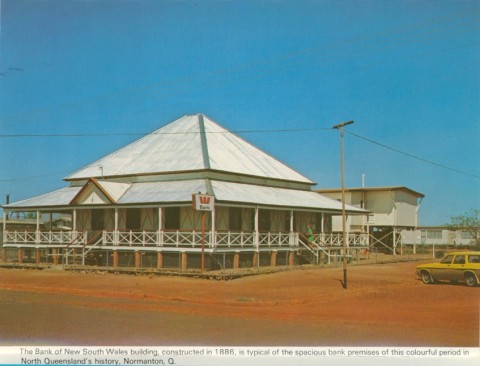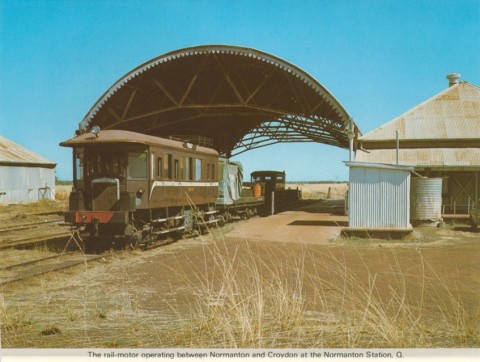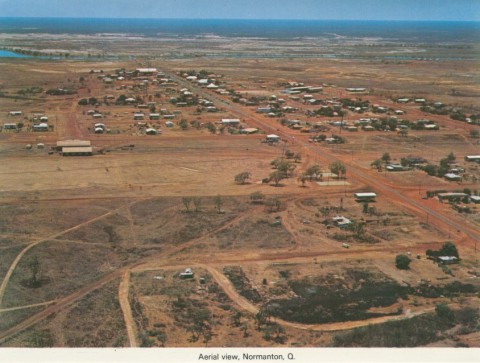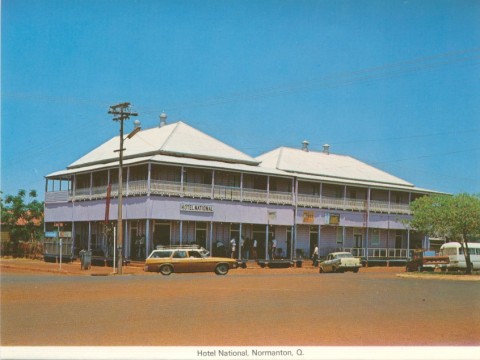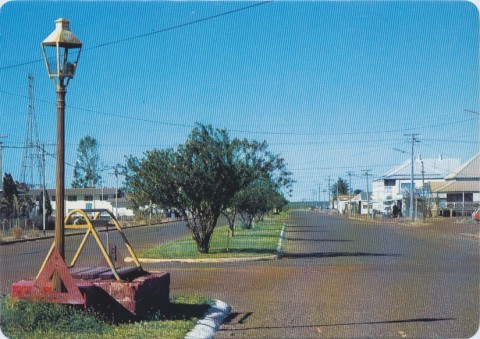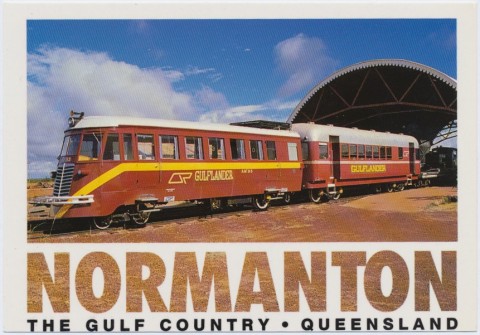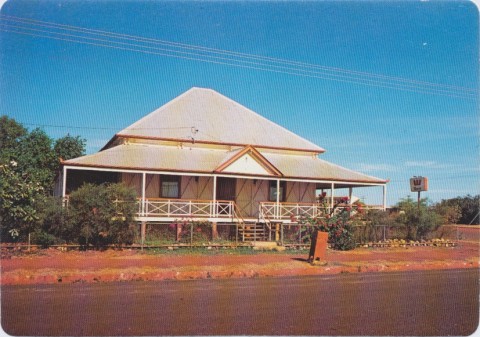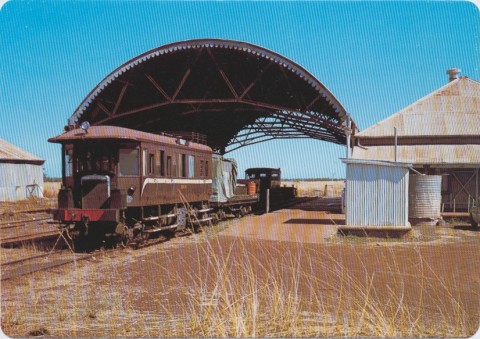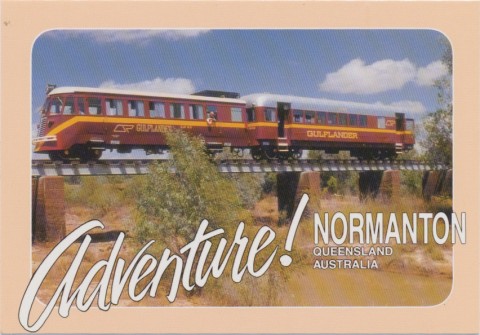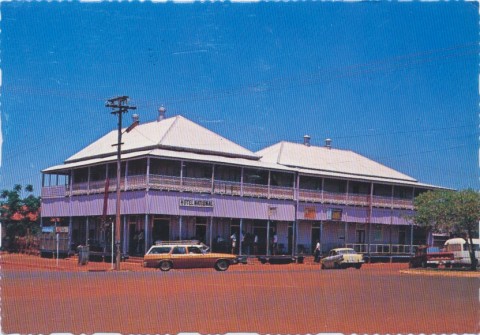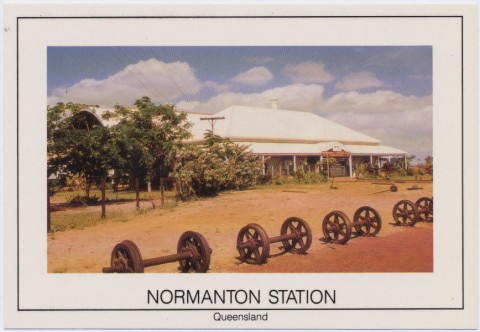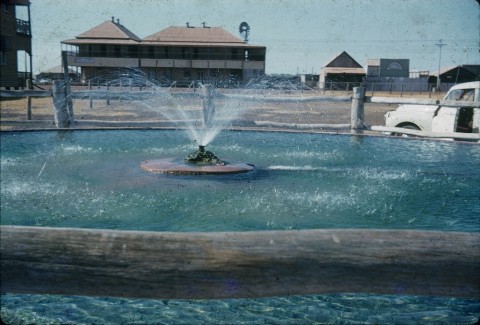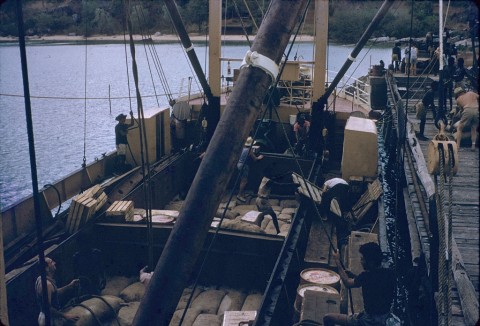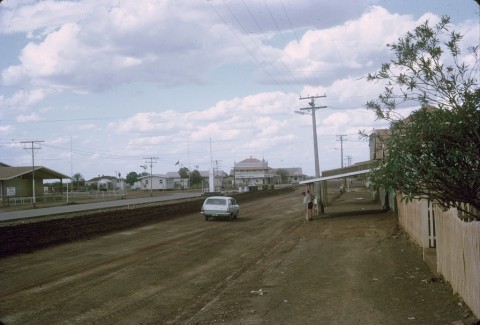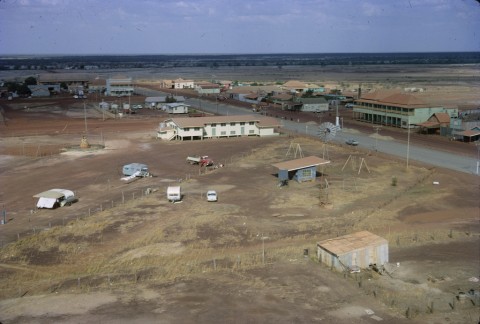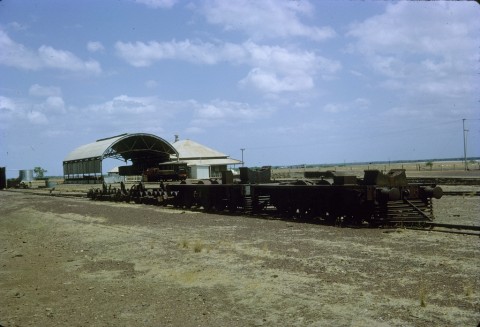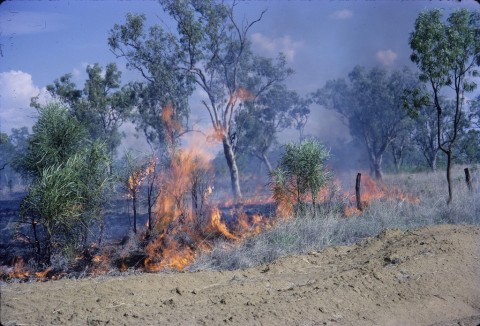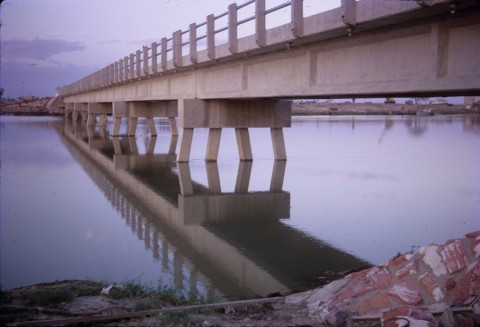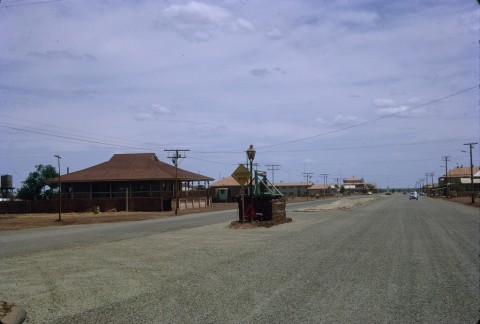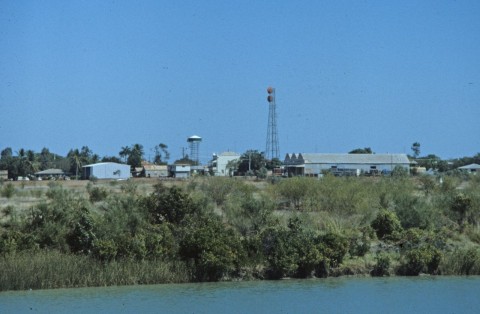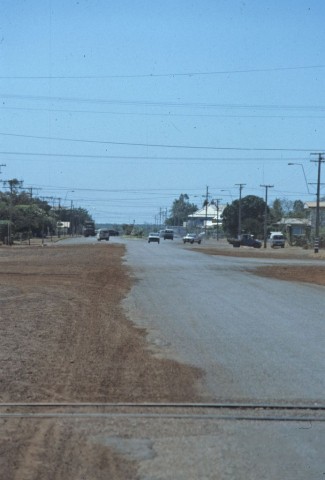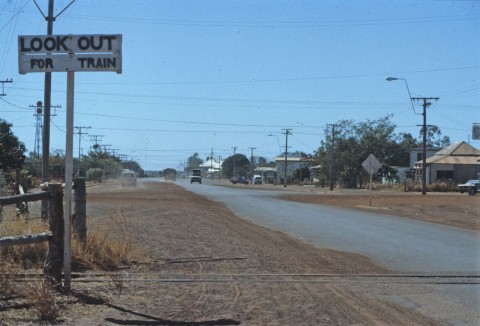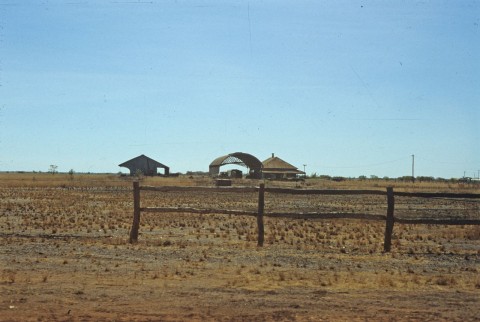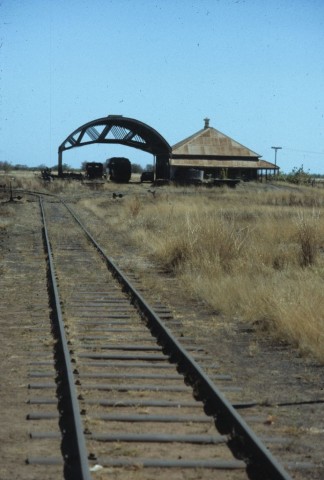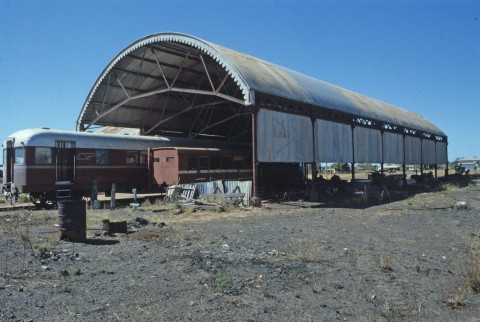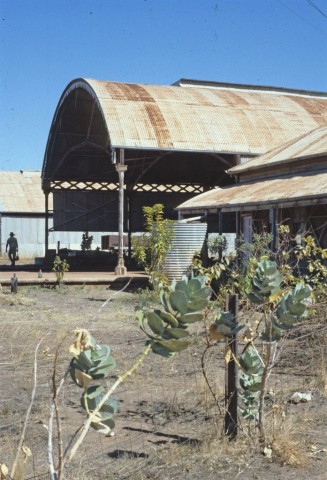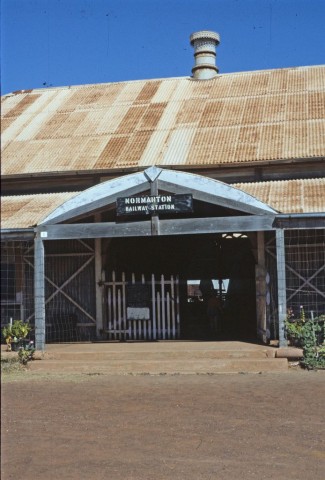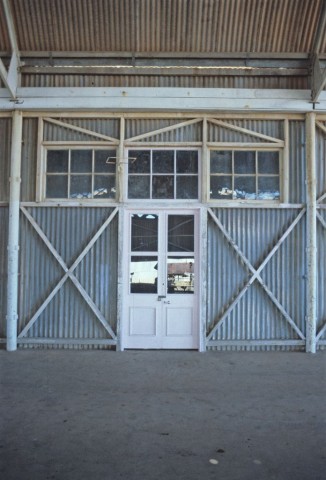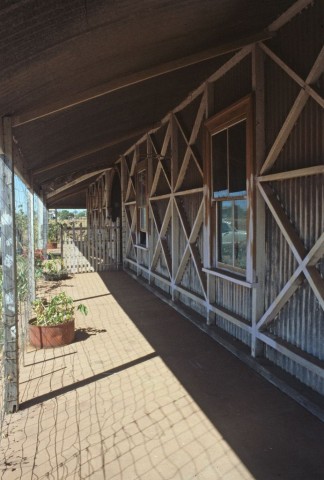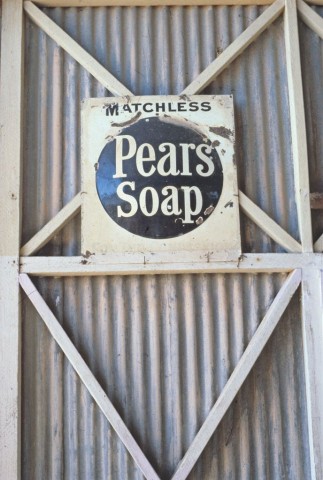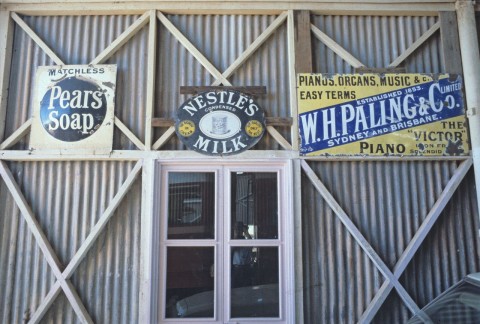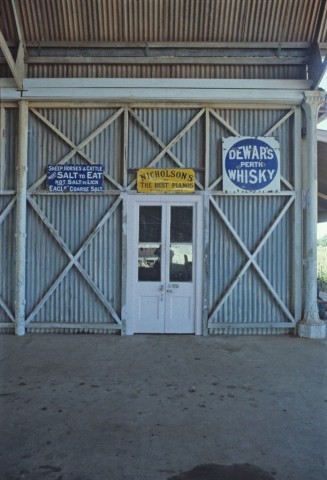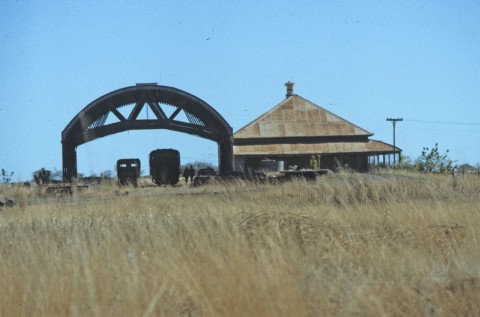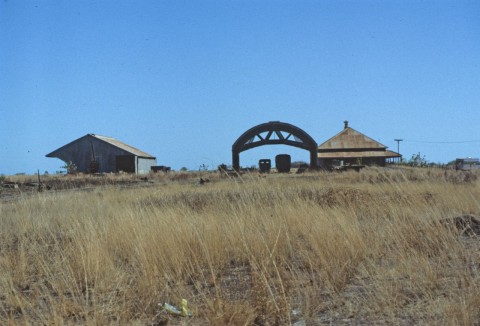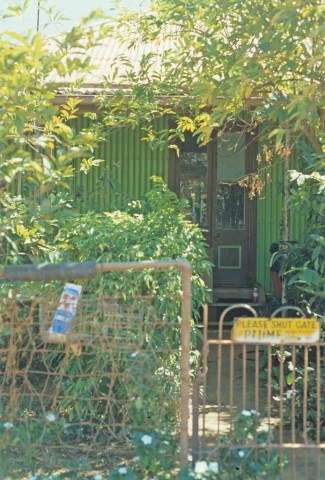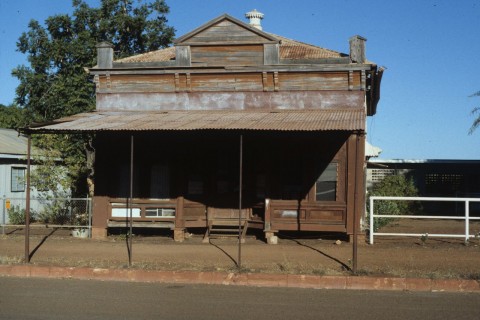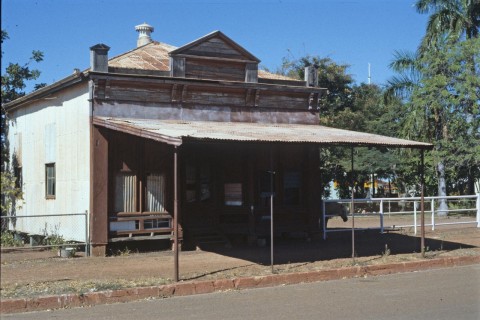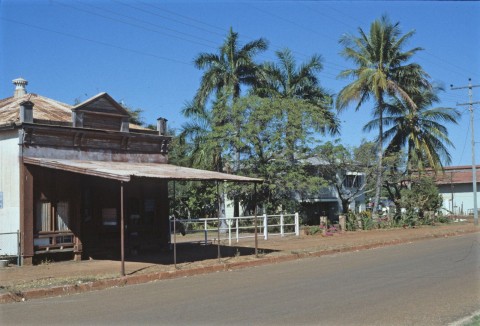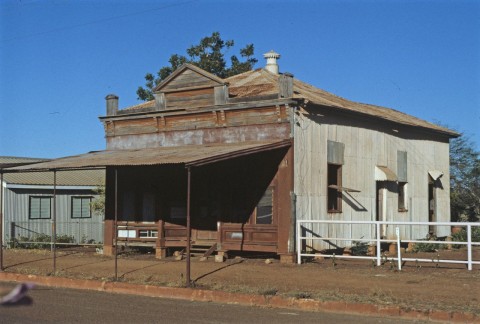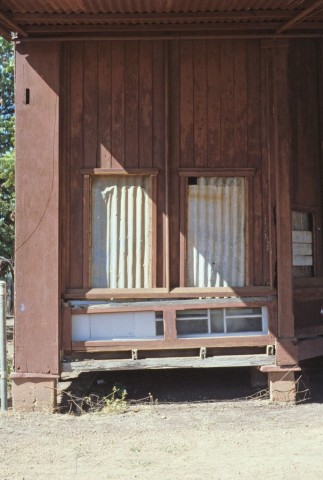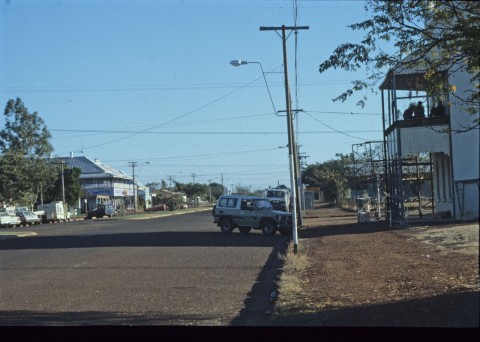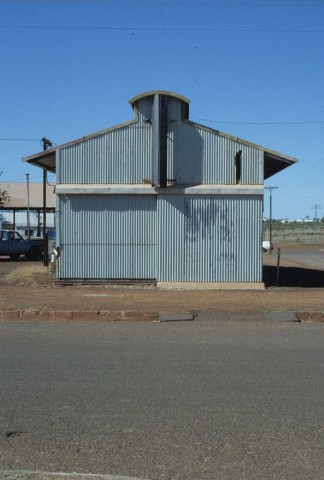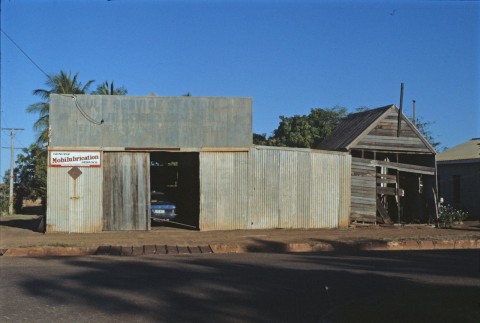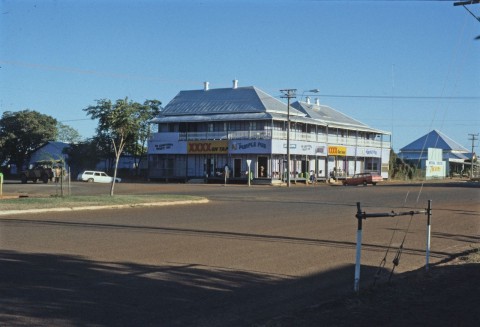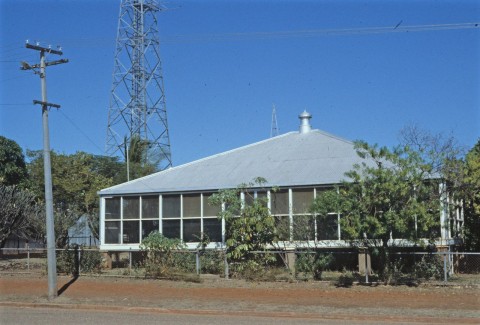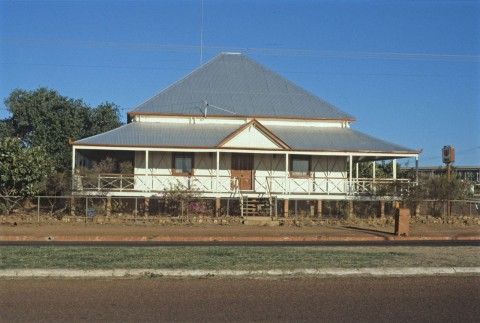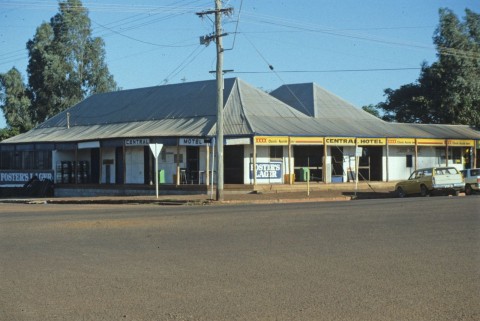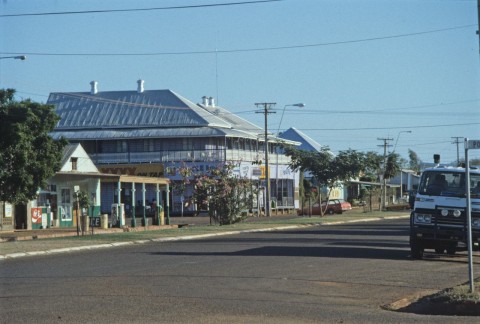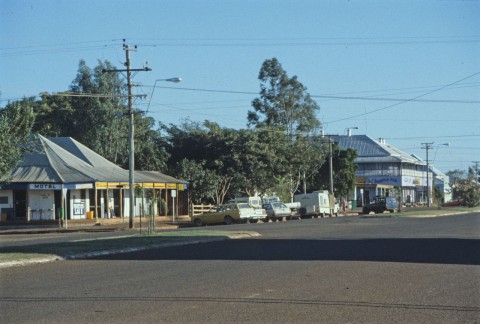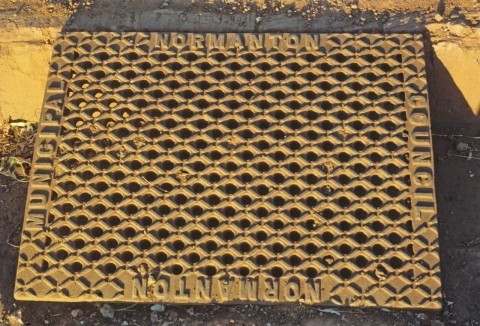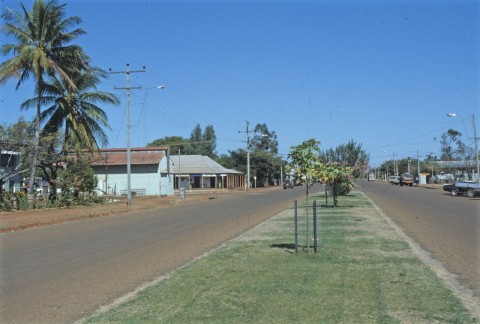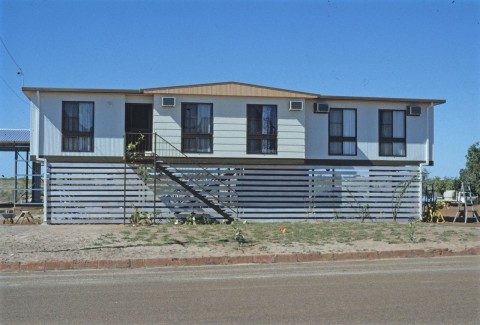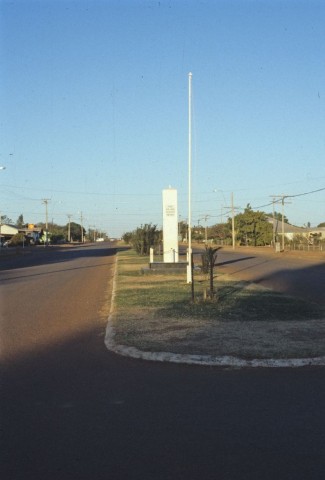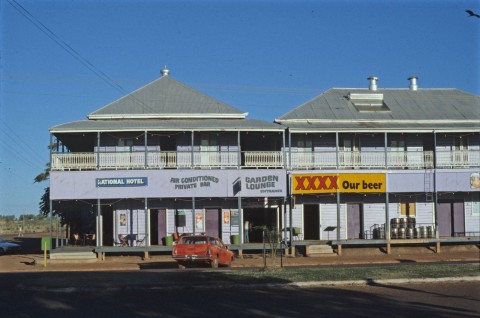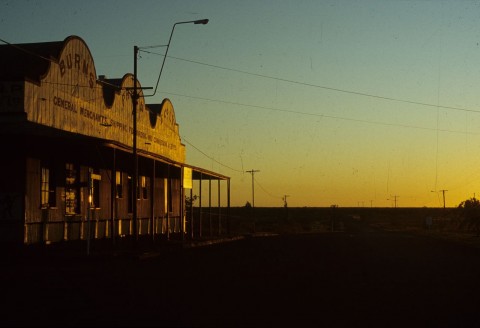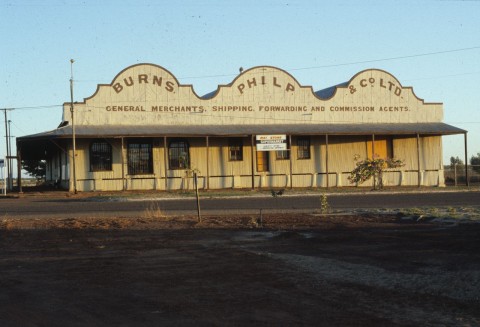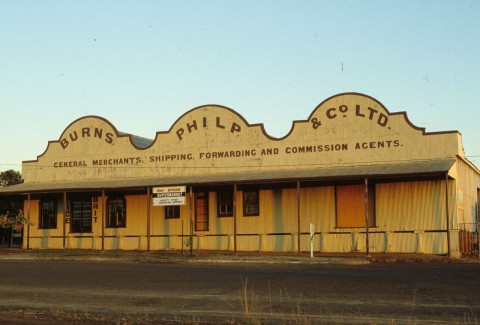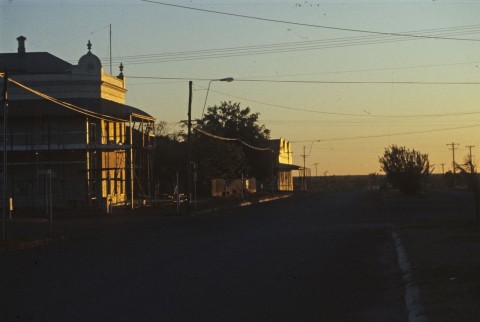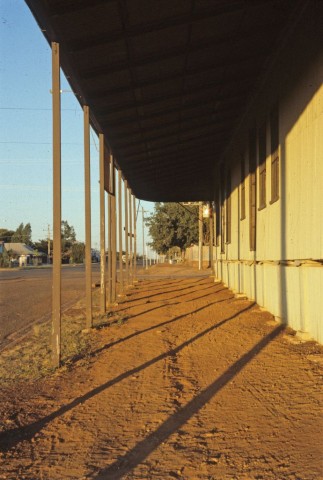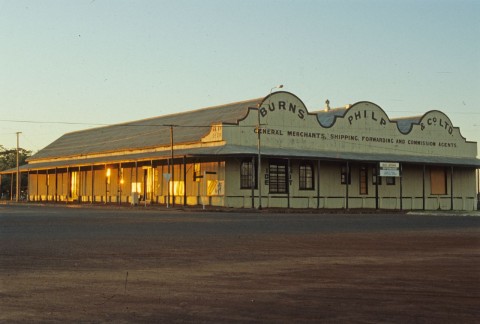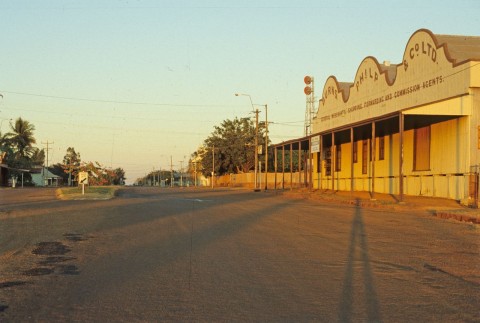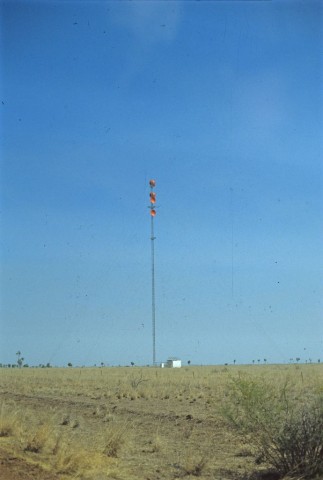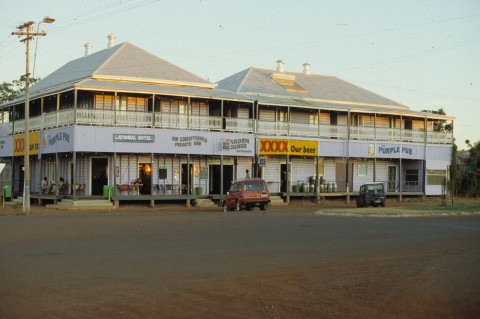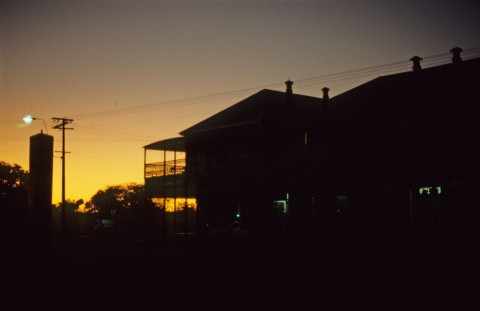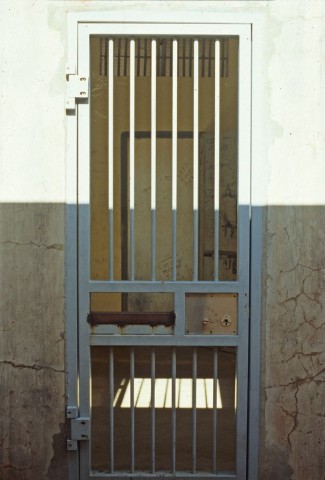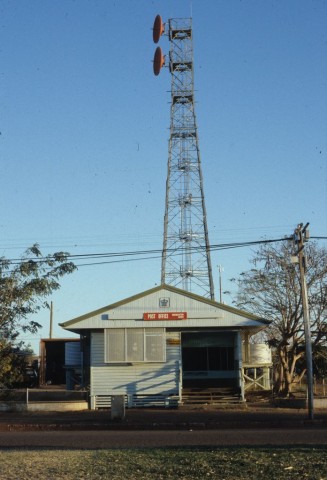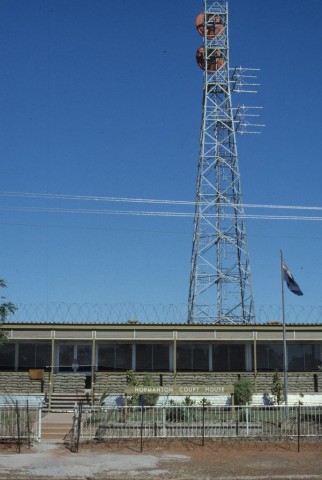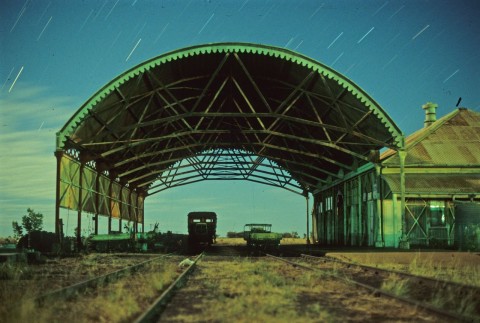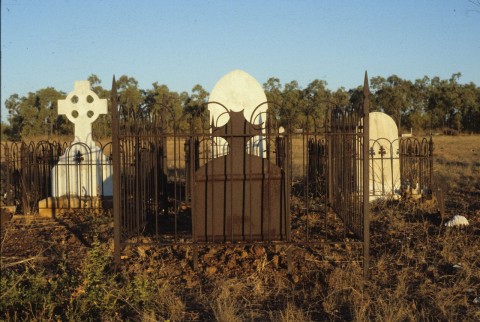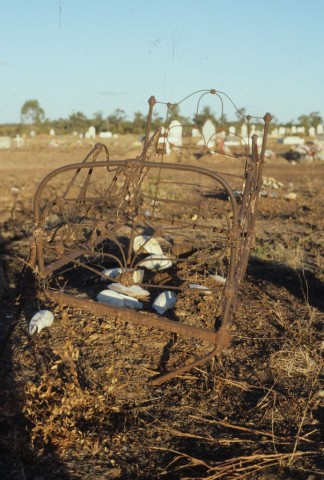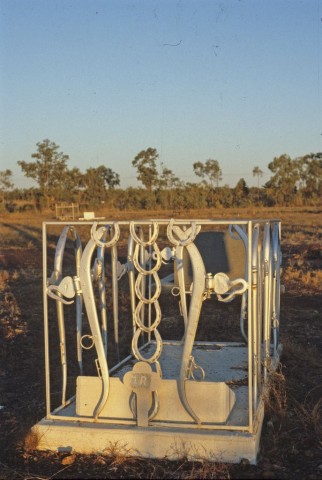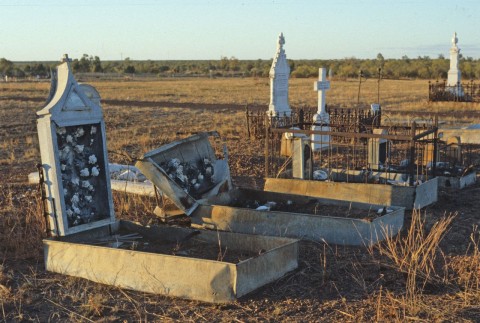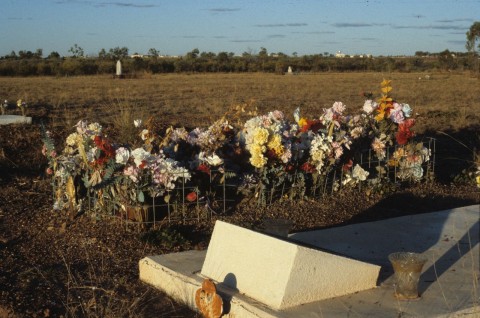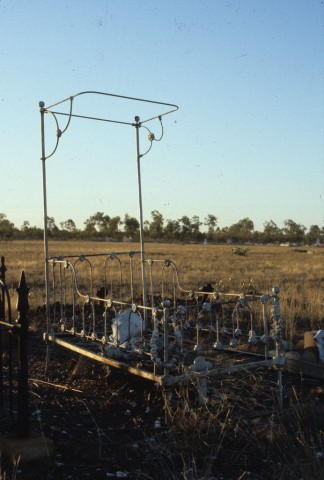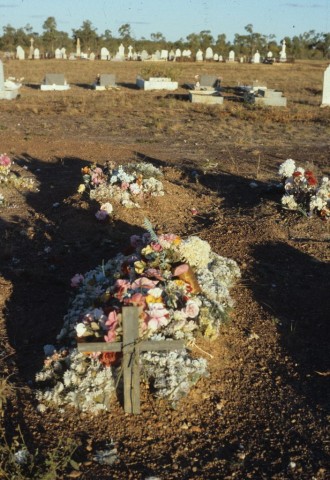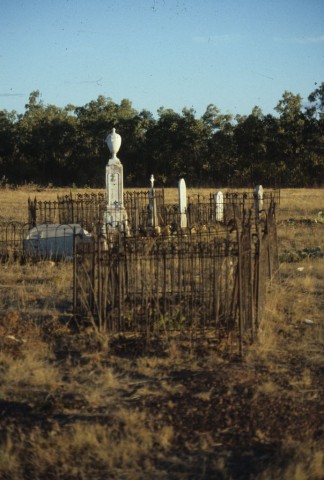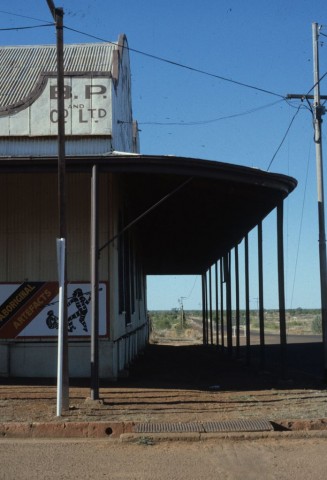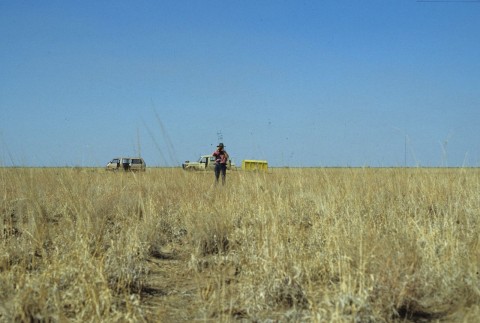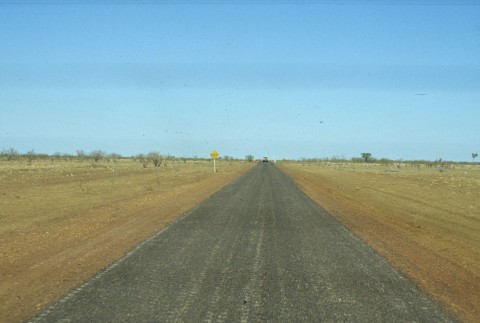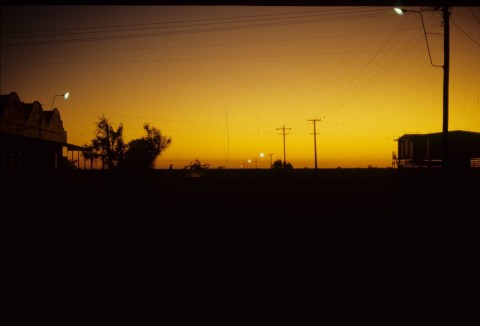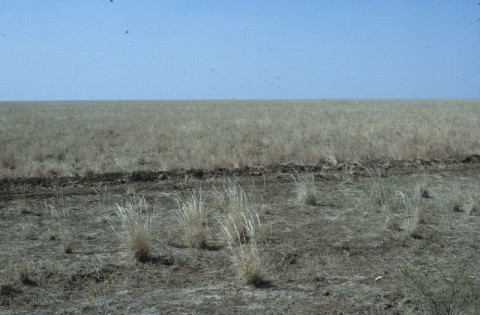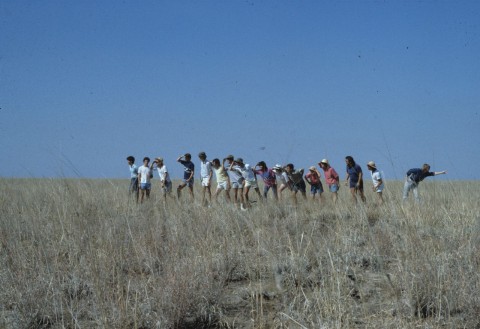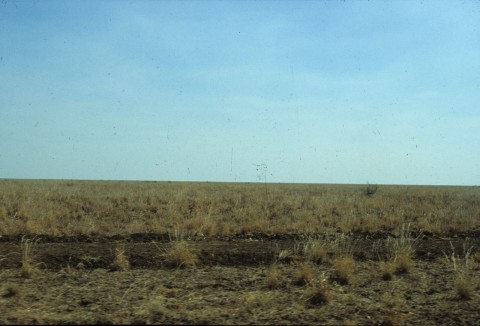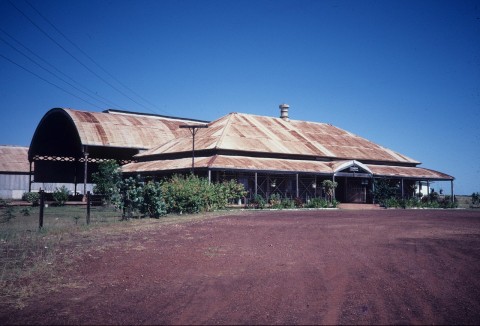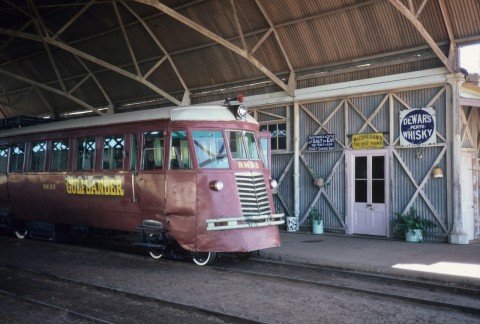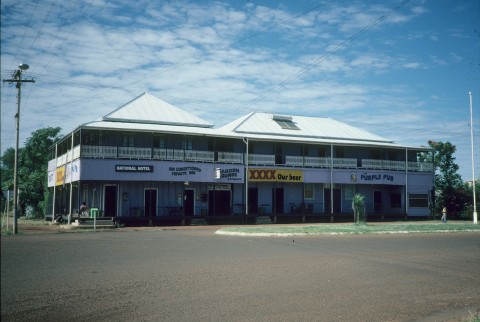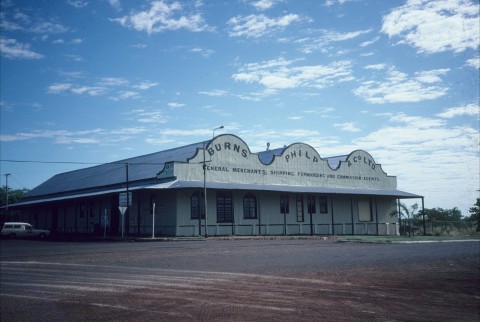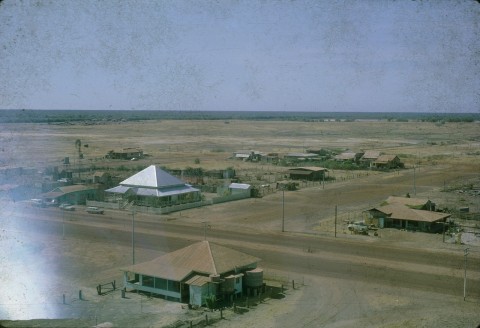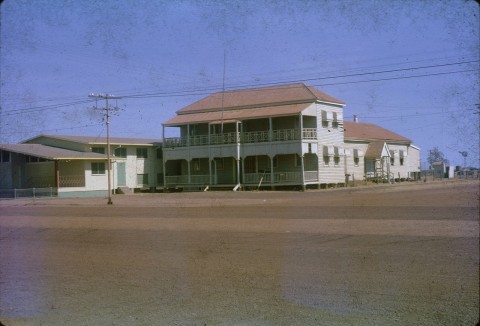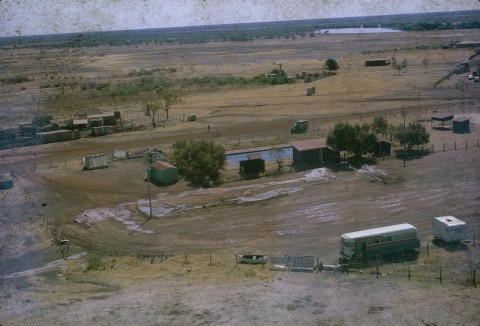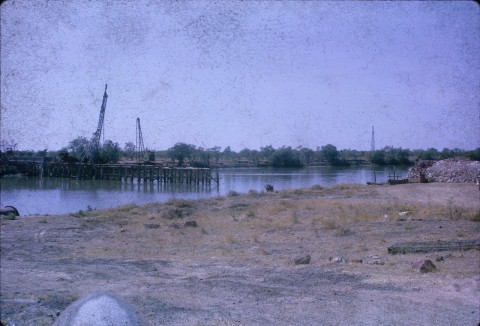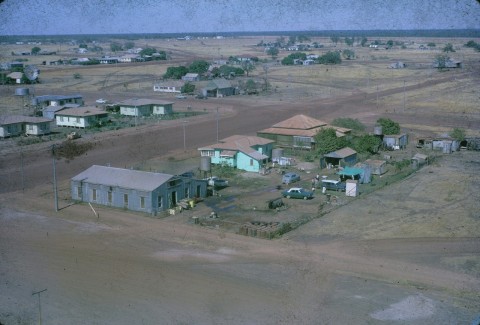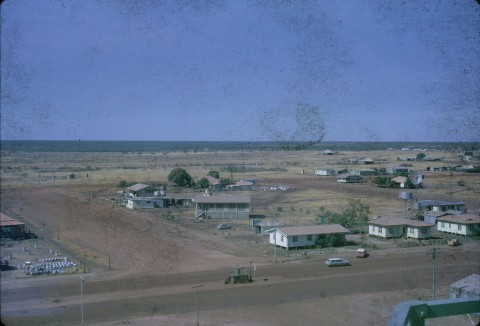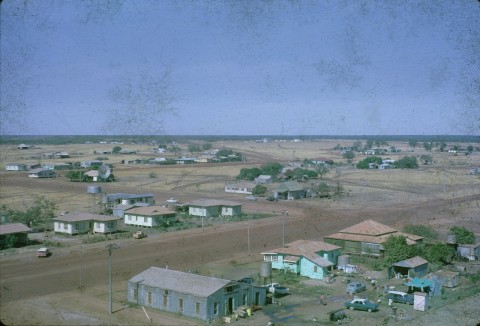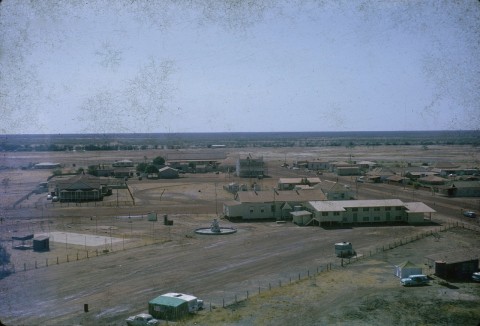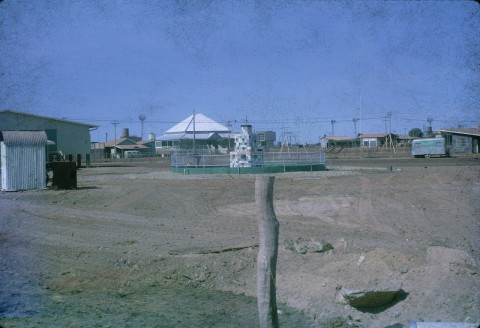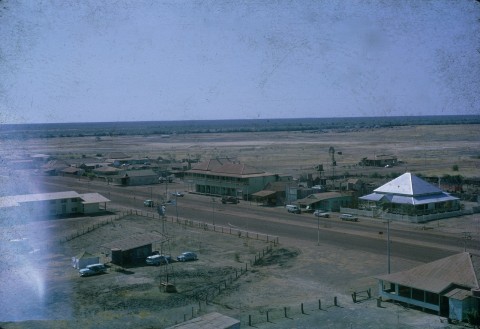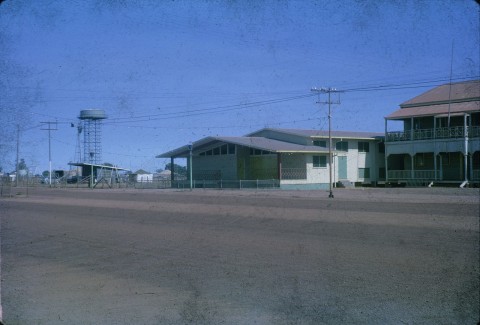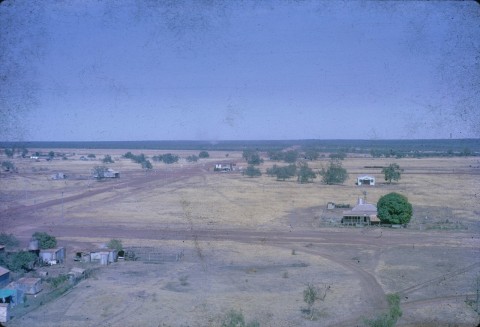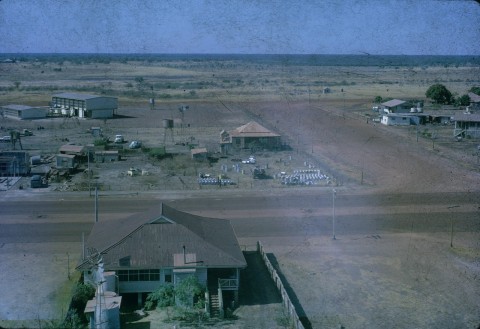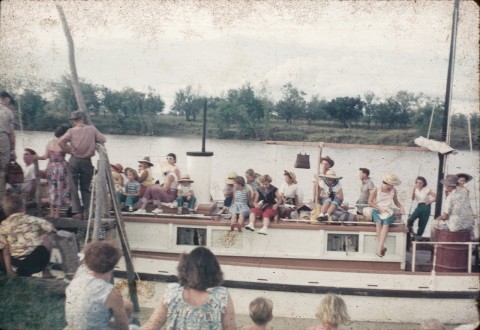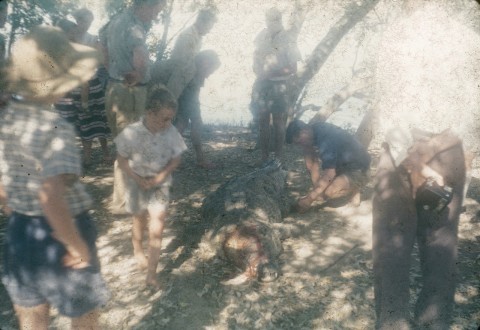Normanton, a rural town, is 40 km south-east of the mouth of the Norman River on the Gulf of Carpentaria. It is the administrative centre of the Carpentaria Shire.
The coastline in the vicinity of the mouth of the Norman River was explored by Abel Tasman (1644), Matthew Flinders (1802) and Commander John Stokes (1841), but it was the failure of the Burke and Wills expedition in 1861 which concentrated exploratory activity in the area. Prior to then the only land exploration had been by Ludwig Leichhardt who reached the Norman River in 1844.
Search parties for Burke and Wills comprised overland expeditions led by William Landsborough and Frederick Walker and a maritime attempt commanded by Captain W.H. Norman. Landsborough explored the river in 1861 and named it after the maritime commander. Landsborough's expedition report precipitated a pastoral invasion of the Gulf country, and by 1867 a European settlement was established on the site of the future Normanton township. The town was proclaimed in August 1868 and town allotments were put up for sale. Interest in the new town was helped by outbreaks of fever in the Albert River (Burketown) settlement, whose population moved to a healthier Normanton.
The Norman River was navigable by shallow draught vessels as far as Normanton, and in late 1867 a dray load of Cloncurry copper ore was dispatched from the new settlement. Smelted metal from the Etheridge goldfield (Georgetown) was dispatched through Normanton, and the Croydon goldfield (1886-1913) made Normanton both an inwards and outwards freight terminal. The usual civic growth can be traced through these years: post office (1868), telegraph connection to Cardwell (1872), a school (1872) and formation of a borough council (1886). A Church of England began its services in the school of arts, and a railway line was opened from Croydon in 1891. The line was unique, with the use of ant-proof iron sleepers.
Normanton was described in 1893 in the Australian Handbook:


Two shipping lines ran weekly services between Normanton and Brisbane. A meatworks was opened in 1892.
By the early 1900s Normanton's population was quickly falling as the Croydon field fell away. The economy's mainstay became pastoralism, but many of the holdings were part of national chains such as the Kidman estates which moved cattle over vast distances, dictated by drought and fodder reserves. Throughput of stock in Normanton was highly variable. Normanton was nevertheless the region's administrative centre, and an inaugural connecting flight in 1927 to Cloncurry ushered in a permanent aerial service.
Normanton was described in the 1903 Australian handbook:
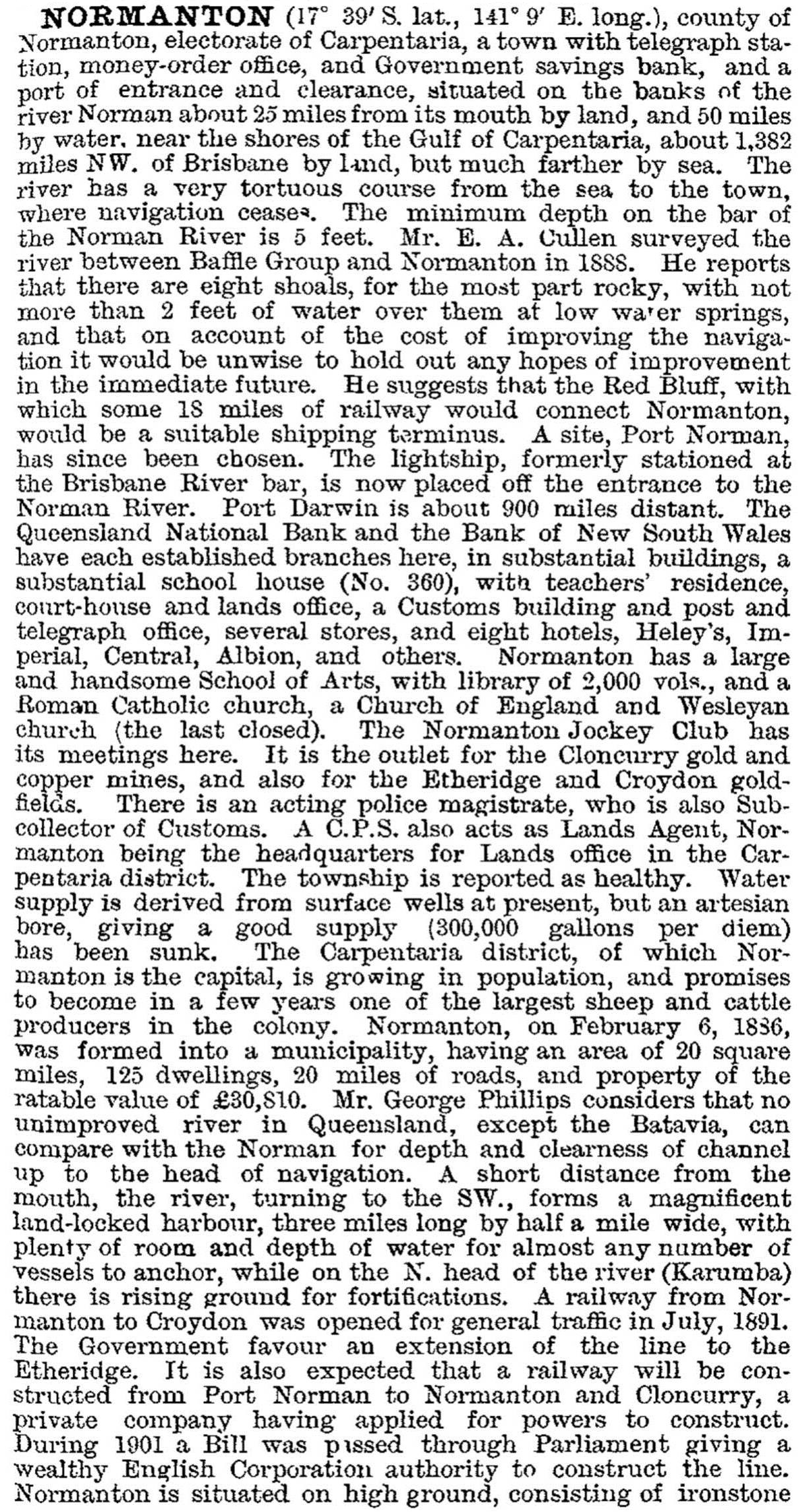
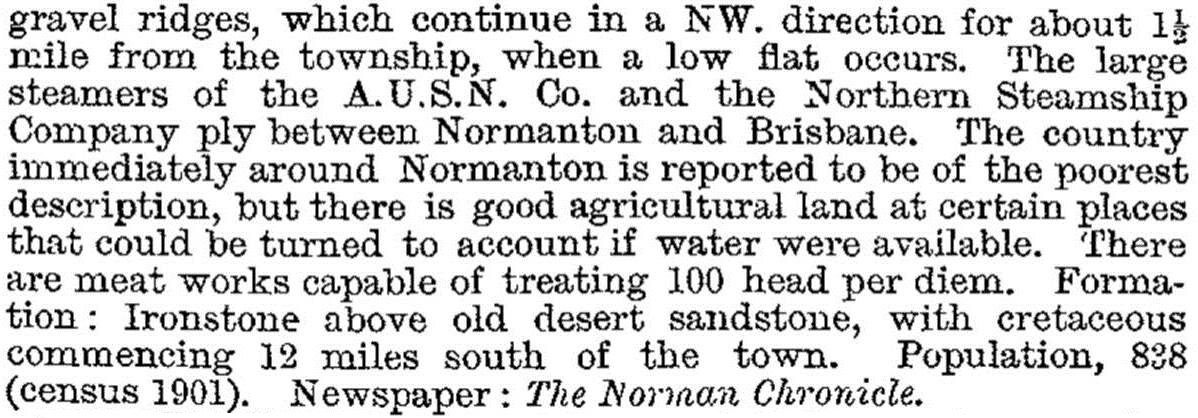
Shortly after reticulated electricity was laid on in the town in 1955 Normanton began a slow increase in population. In 1966 the river punt was replaced with the W.H. Norman bridge, and since 1970 the town's population has doubled to about 1450.
The railway to Croydon has survived as a weekly tourist service, the Gulflander. The station is on the Australian heritage register, as is the Westpac (former New South Wales) bank. By far the most imposing building, resembling a Queenslander hotel, is the Carpentaria Shire's office. Normanton has local shops - but no longer the Burns Philp emporium for every need - a hospital, golf and bowls venues, a racecourse and rodeo ground, an aerodrome, a TAFE, a State primary-secondary school and the Gulf Christian College (1990). There is hotel, motel and caravan park accommodation and a Savannah Guide touring network. The shire library and visitor information centre are in the Burns Philp building.
Normanton's census populations have been:
| Census Date | Population |
|---|---|
| 1871 | 110 |
| 1891 | 1251 |
| 1911 | 541 |
| 1933 | 338 |
| 1954 | 238 |
| 1966 | 442 |
| 1976 | 817 |
| 1991 | 1189 |
| 2001 | 1447 |
| 2006 | 1100 |
| 2011 | 1468 |
Normanton centenary 1868-1968, Normanton, Normanton Centenary Committee, 1968
J.W. Knowles, Lonely rails in the Gulf Country: the story of the Normanton-Croydon railway, North Quay, J.W. Knowles, 1983
